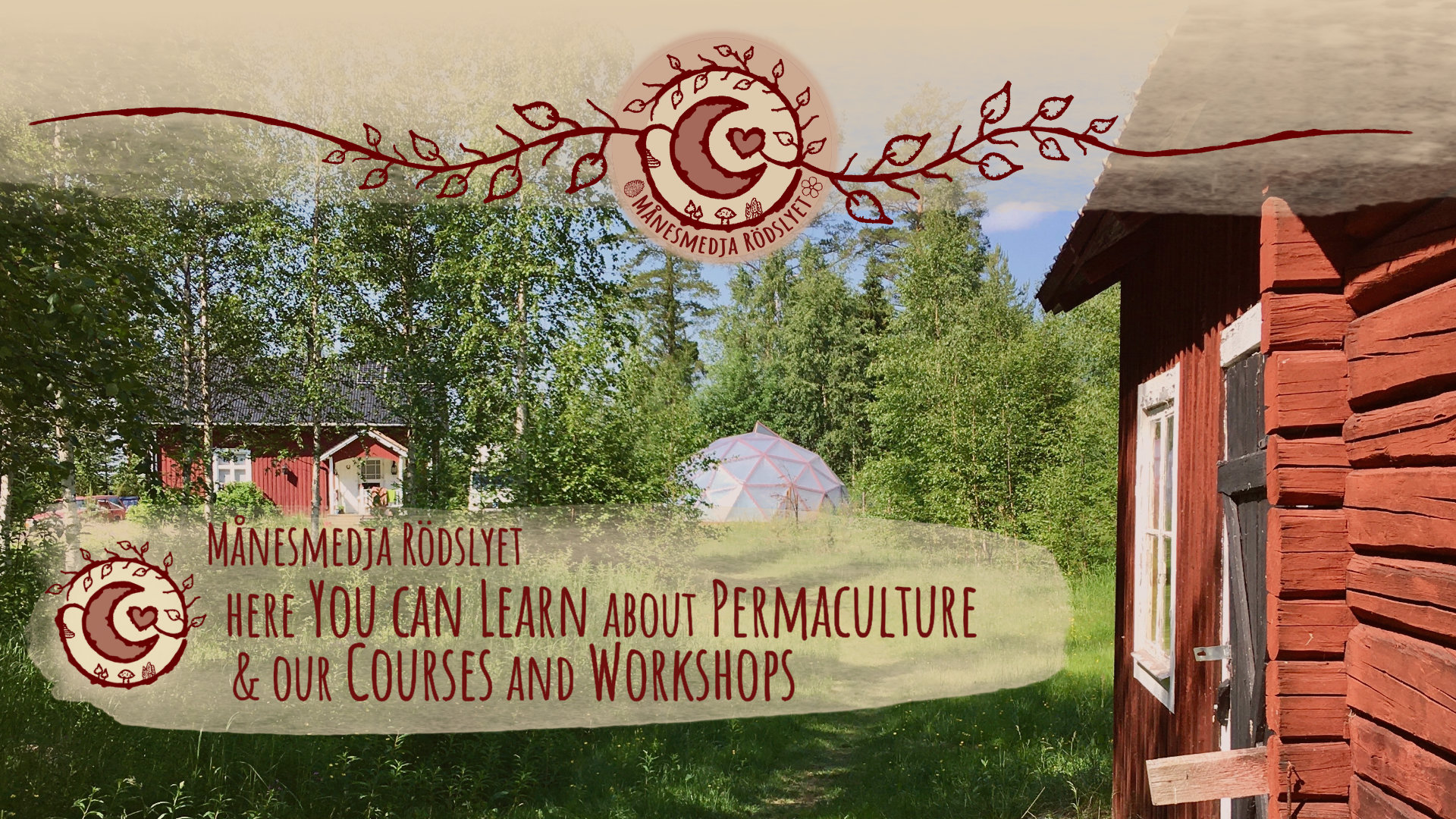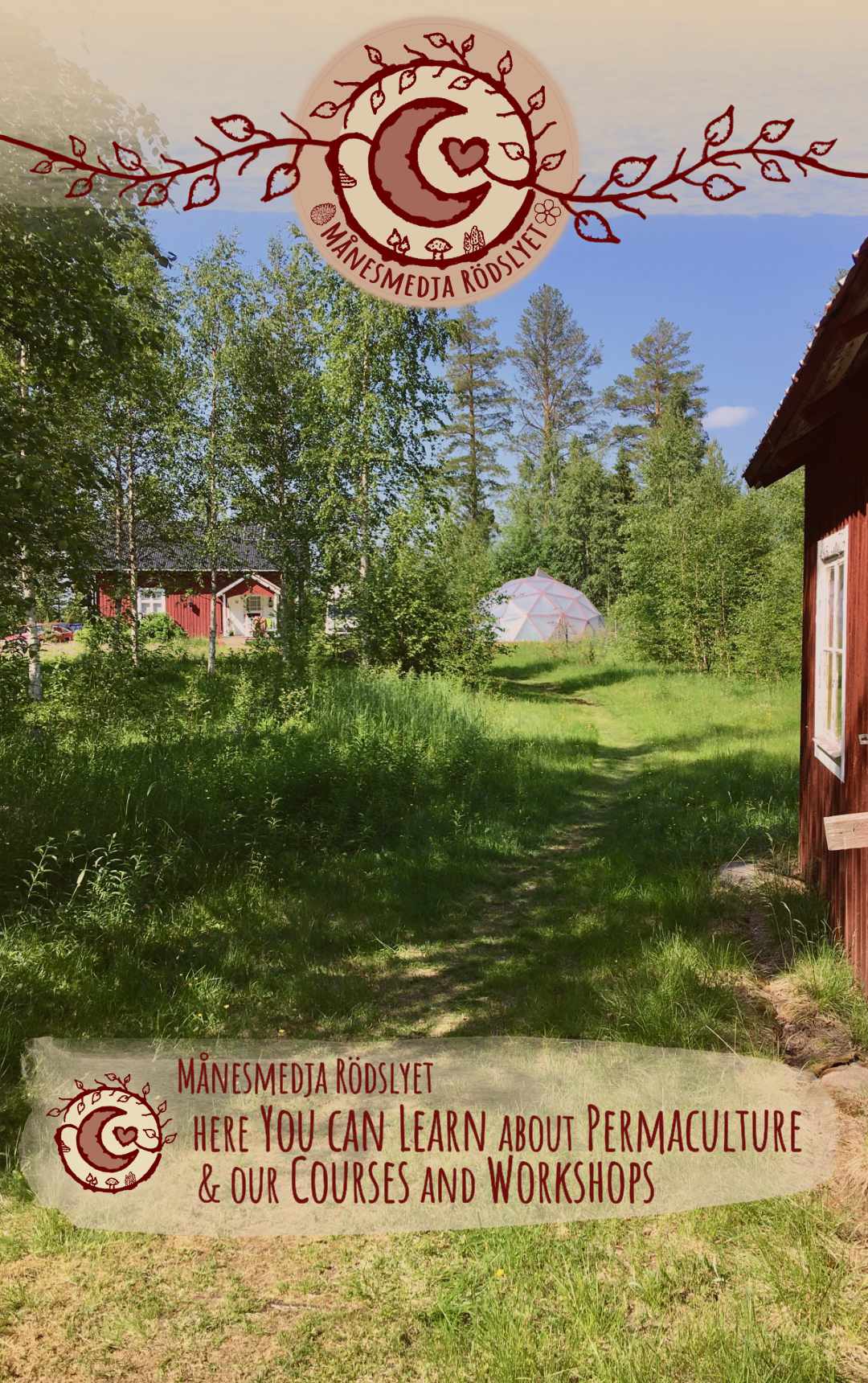Permaculture
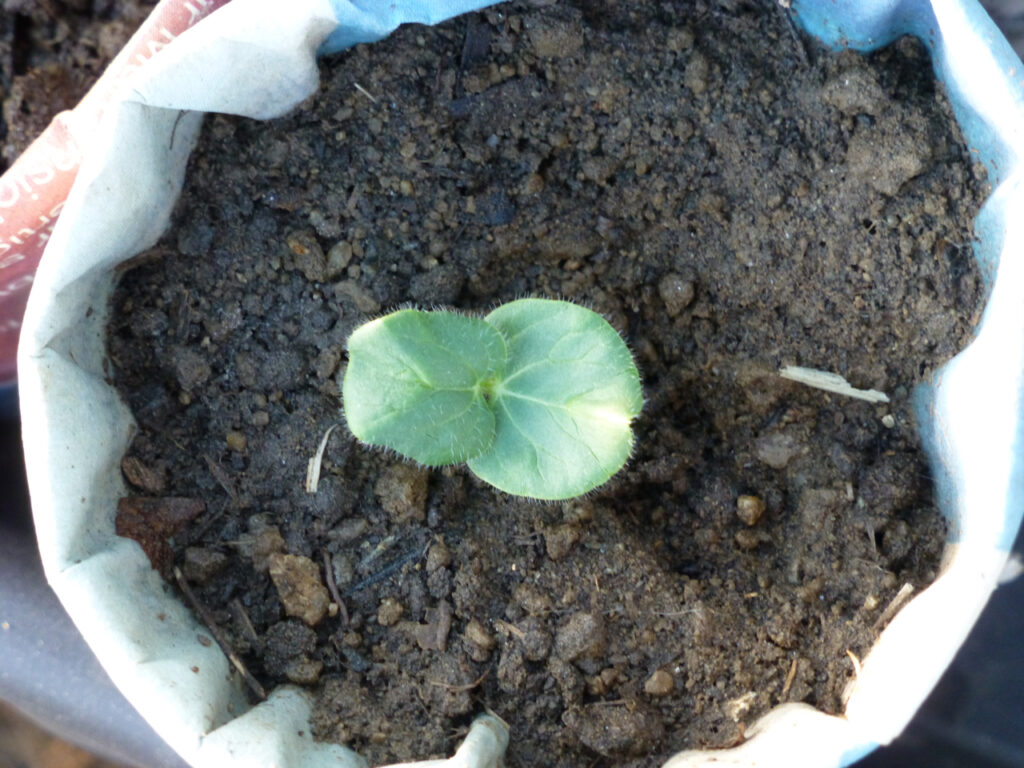

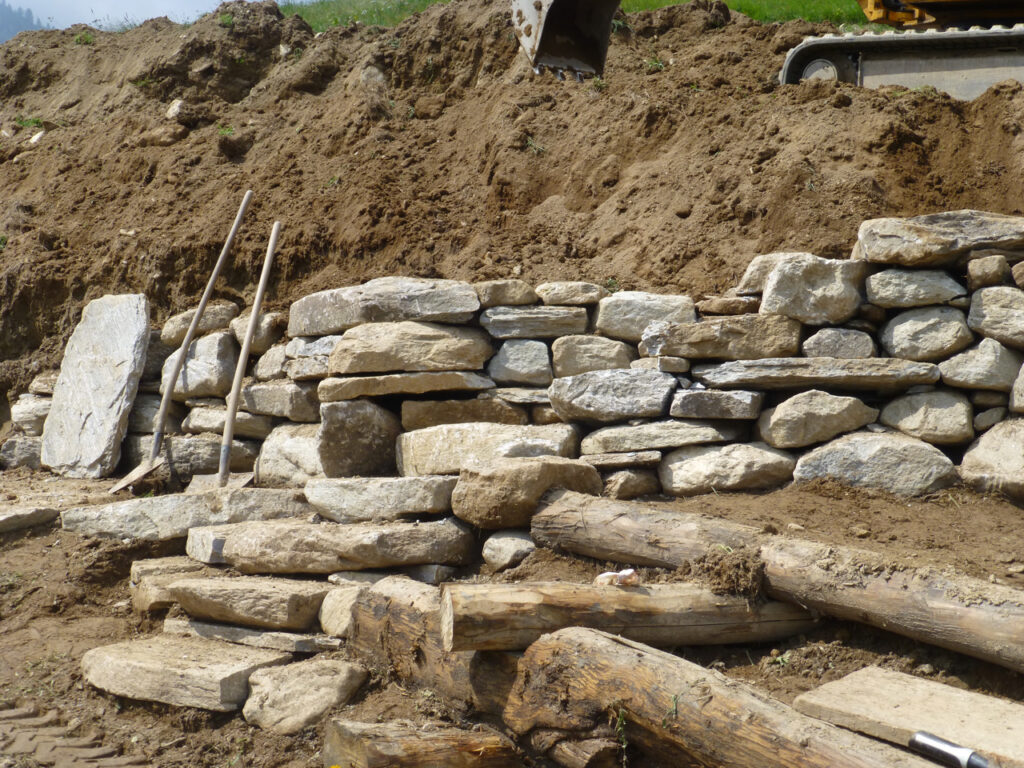
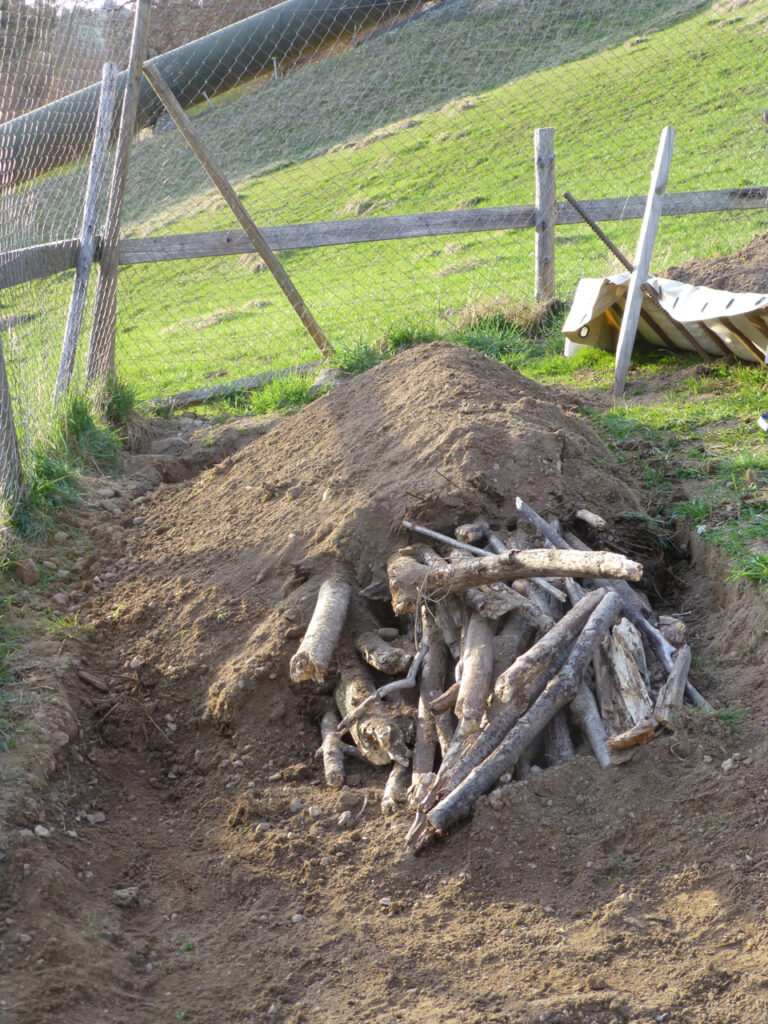
Here you find more information about applied permaculture and how we are integrating this knowledge into our life here at Rödslyet.
So we will be sharing our experience about topics like:
– MycoRemediation
– Building up Fertile Soil
- Composting; Compost toilet, Bokashi, Vermicompost
- Terra preta; Biochar, Kontiki
- Compost Tea & Effective Microorganisms
– Building with Natural Resources
- COB; RocketMassHeaters
- Geodesic Domes; Earthsheltred Buildings (Stables, Greenhouses, Cellars)
- Nordic Yurts
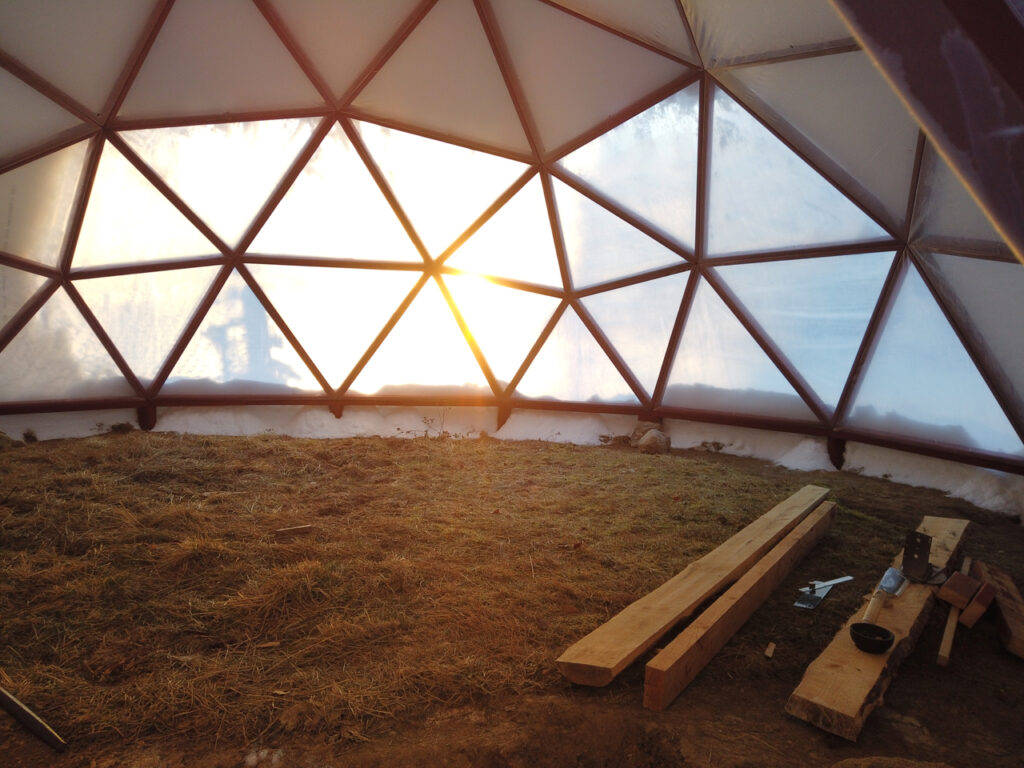
– Renewable Energies
- living Offgrid: Solar-, Wind- & Other Ways to produce Electricity
- regrowing resources, efficient wood burning stoves & thermal mass storage
– Preserving Harvests
- Fermentation, Solar Dehydration, Earth/Root Cellar
– Seed Saving
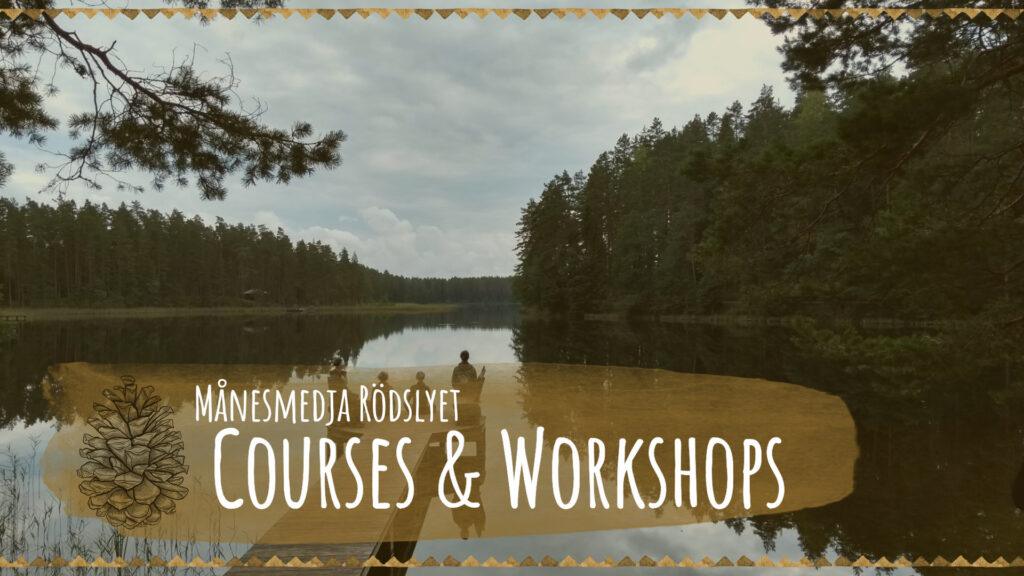
Courses & Workshops planned for 2022
Here you find a short description of the different courses & workshops that we planed for 2022.
Further information with dates, duration and costs, will be added soon.
IC in applied Permaculture, „Nordic climate“
In this introduction course to applied permaculture you will learn about what permaculture is and how you can apply its principles to your garden.

You will learn about how to combine ancient and new methods of thinking and technology to create sustainable solutions that need as little as possible inputs to create an abundance of harvest. About the importance to share this abundance with everything that surrounds us, to produce no waste by closing cycles of nutrients and energy, to think ahead for future generations and to care for mother earth by creating sustainable and self-sufficient networks on the small scale.

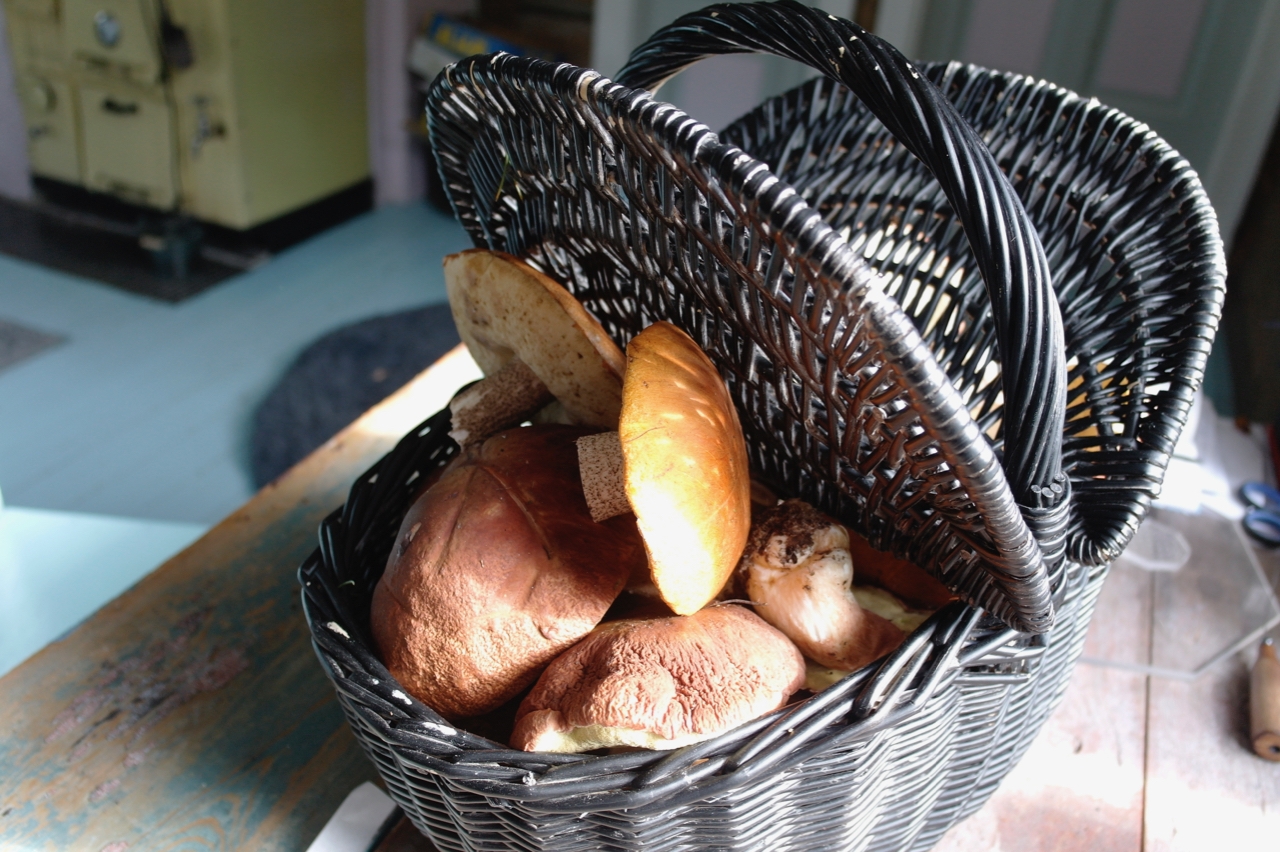
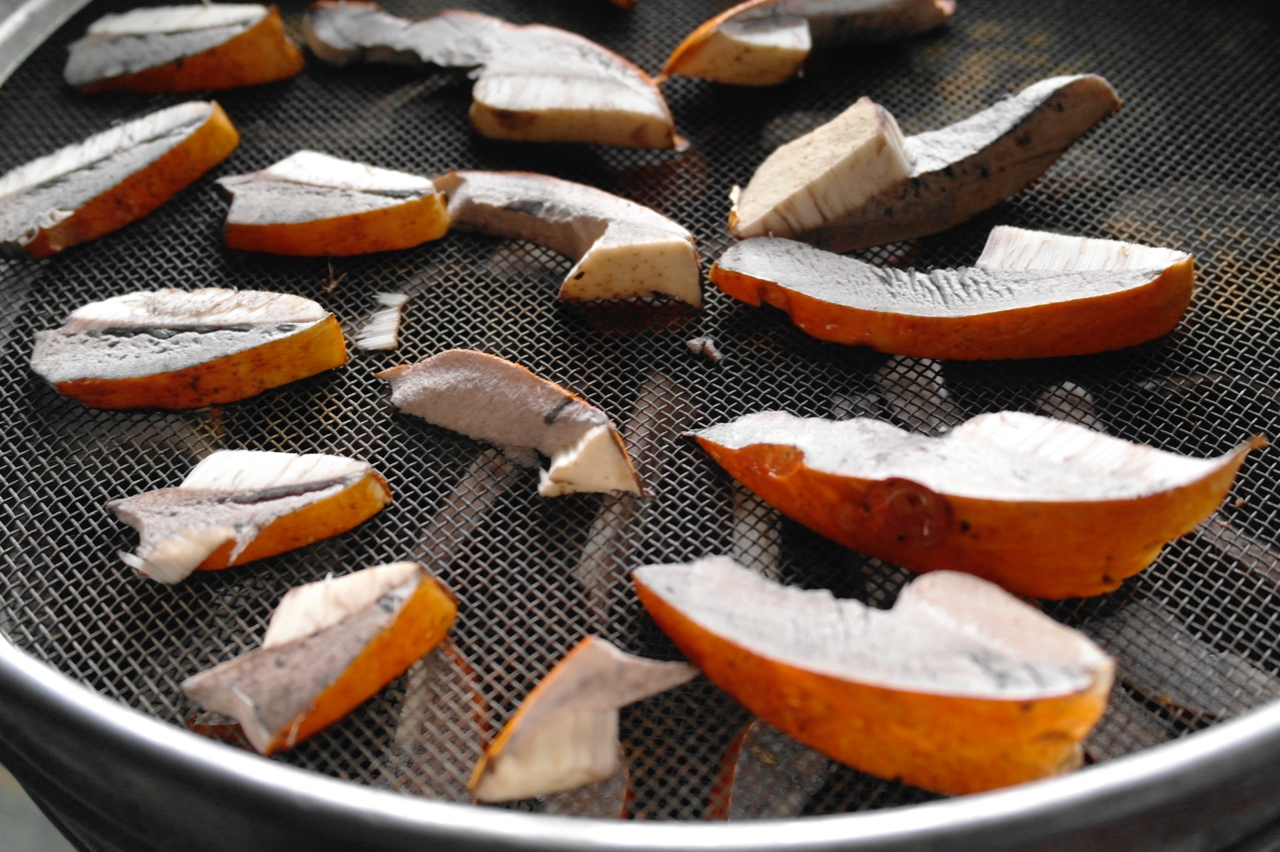
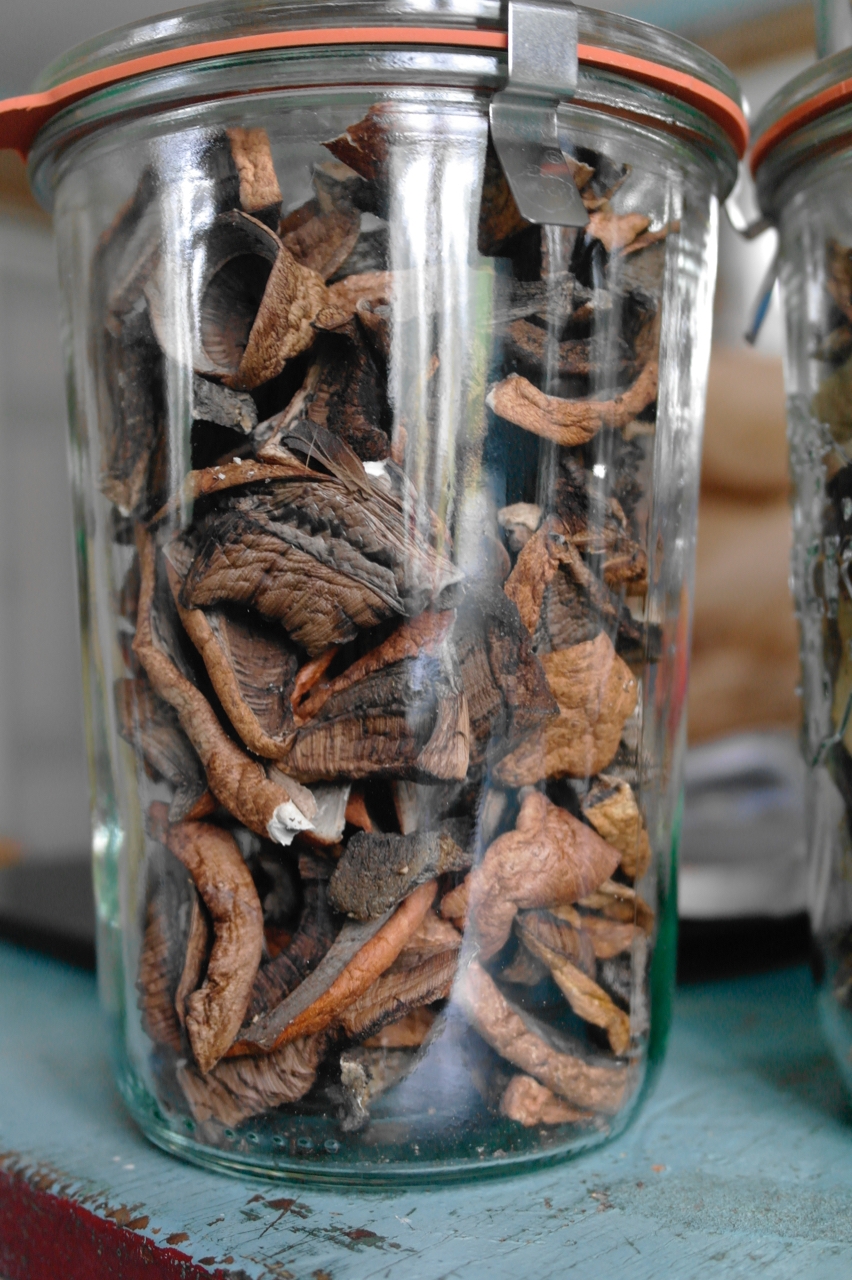
We will go through the principles of permaculture and have a look at how they can be implemented in your life in the practical way.
So you will get to know about many permaculture elements that are suitable for the nordic climate.
And the most important thing, bring plans and photos of your own garden and all the questions you have about applied permaculture with you – there will be time enough to start planning your own garden and to answer all your questions!
WS Building up Fertile Soil
In this workshop you will learn about the importance of living soil and what techniques you can use to close nutrient cycles in your garden and build up and preserve fertile living soil.
Most of the workshop will be about practically showing how to achieve this by using different composting techniques:
- 3-chamber compost bin
- hot composting
- bokashi
- vermicompost
- sheet mulching
- compost toilet & urine separation
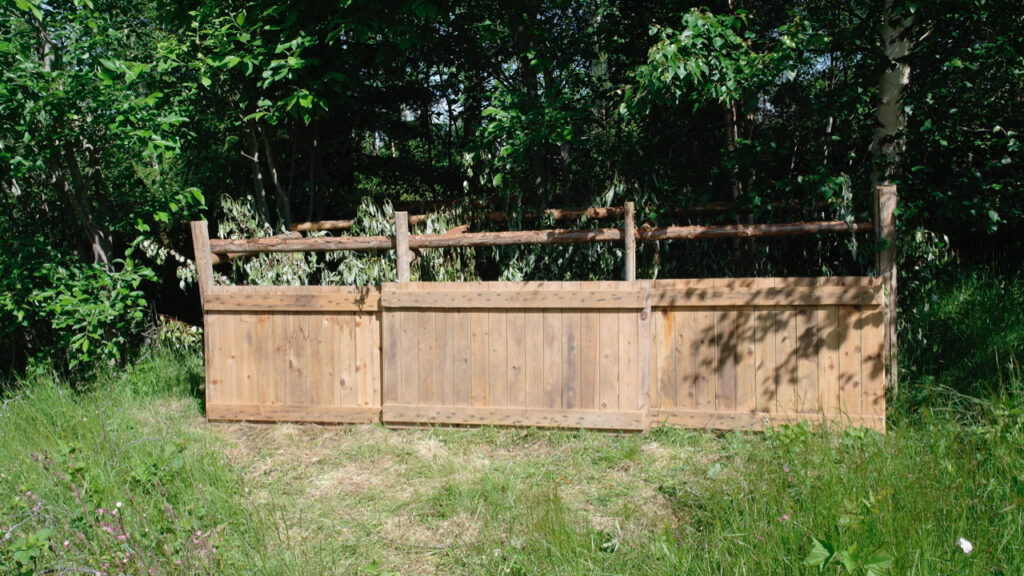
… and about how you can produce the essential parts needed to succed in a simple way:
- how to propagate and use Effective Microorganisms
- how you can use plants to fix Nitrogen from the air
- how certain plants can help you to enrich your soil in trace elements needed for a healthy soil
- how mycorrhizal fungi are working
- how to produce biochar within a pit – called the Kontiki, which can be used to create Terra Preta
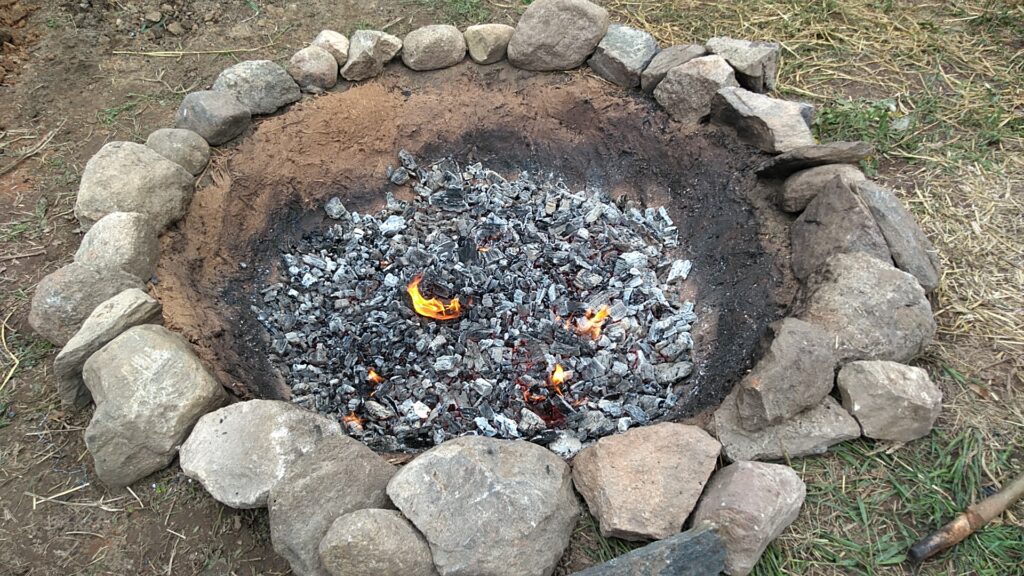
… and of course you will learn how to combine all of this stuff to form Permanent Humus, that is acting like a battery for nutrients, is a paradise for Microorganisms and Fungi, that are needed for a healthy growth of your plants, and how to „recharge“ this living soil by feeding and protecting it.
WS Earth Sheltered Buildings
store & preserve thermal energy
In this workshop you will learn about the advantages of earthsheltered buildings. And about how you can use this technique to prolong the growing season in your greenhouse.
Here in Rödslyet we are about to finish building our geodesic greenhouse with an attached earthsheltered housing for our chickens. The floor inside of both structures will be about 1m below ground level.
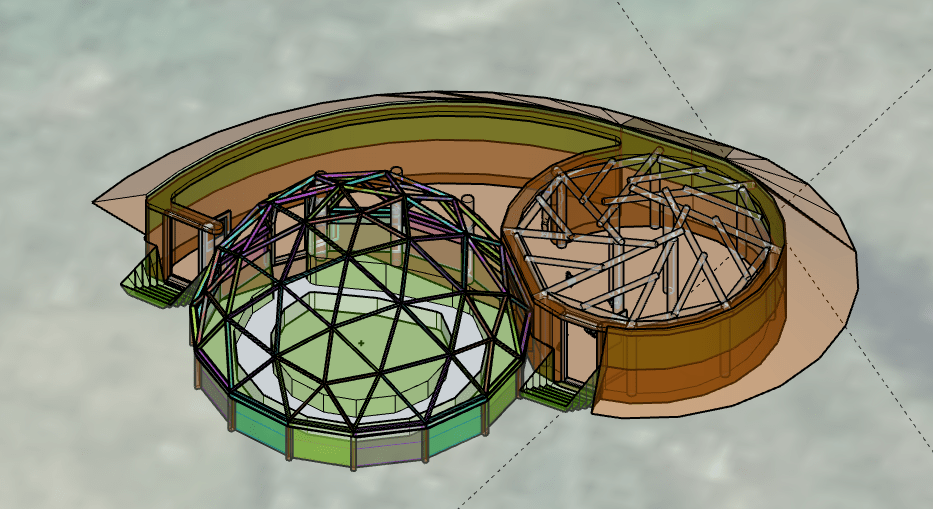
By integrating the chickens into our greenhouse we can prolong the growing season even more and have additional bonuses, like a space for the chicken to run in during the long and cold winter time and at the same time they will prepare the „elevated“ beds (they are feeding on Insects and eggs from snails, loose up the soil and fertilize it with their manure) for the next season.
The rainwater from the green roof of the earthsheltered builing (and from the roof of the house) will be stored in IBC-tanks that are integrated into the earthen wall and there will be also one to store the urine from the compost toilet. This will provide us water and liquid fertilizer for the plants in the greenhouse and at the same time work as thermal mass to store and release this energy.
As a backup for really cold periods we will install a RocketMassHeater, which will heat up a thermal mass (the wall) next to the place where the chicken are sleeping and the water in the rainwater tanks.
WS How to get started growing stuff in cold climate
the „Earthsheltered Chicken Heated Greenhouse“
This workshop will be all about using layers in space & time to create plant guilds and crop rotations for your Pit Greenhouse / Walipini and about how chickens can be integrated in this system.
You will learn how you can form guilds of plants and mushrooms that are supporting each other, how you can use the different layers in your greenhouse and use layers in time to manage a succession of crops.
We look at how chickens can be integrated into this and what they need to be happy.
WS Building with COB & RMH
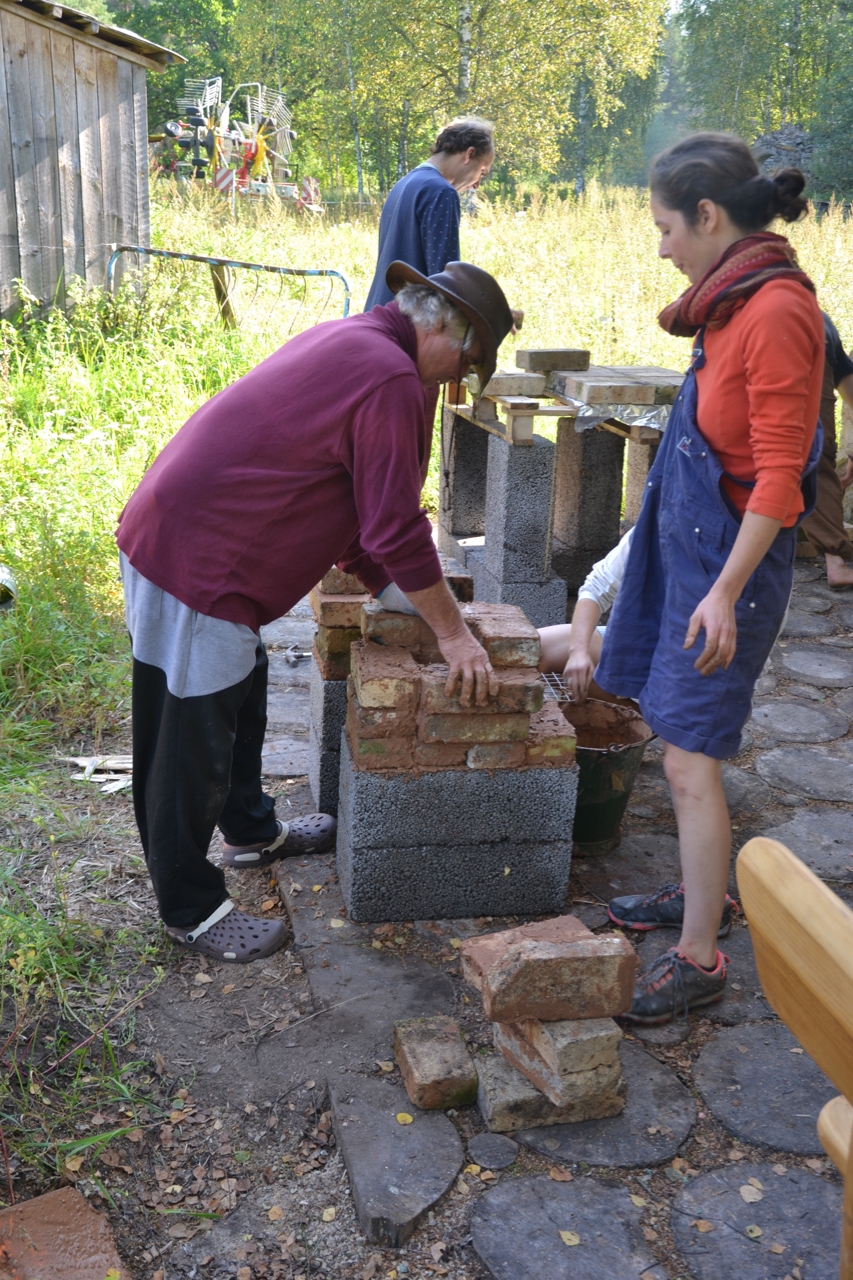
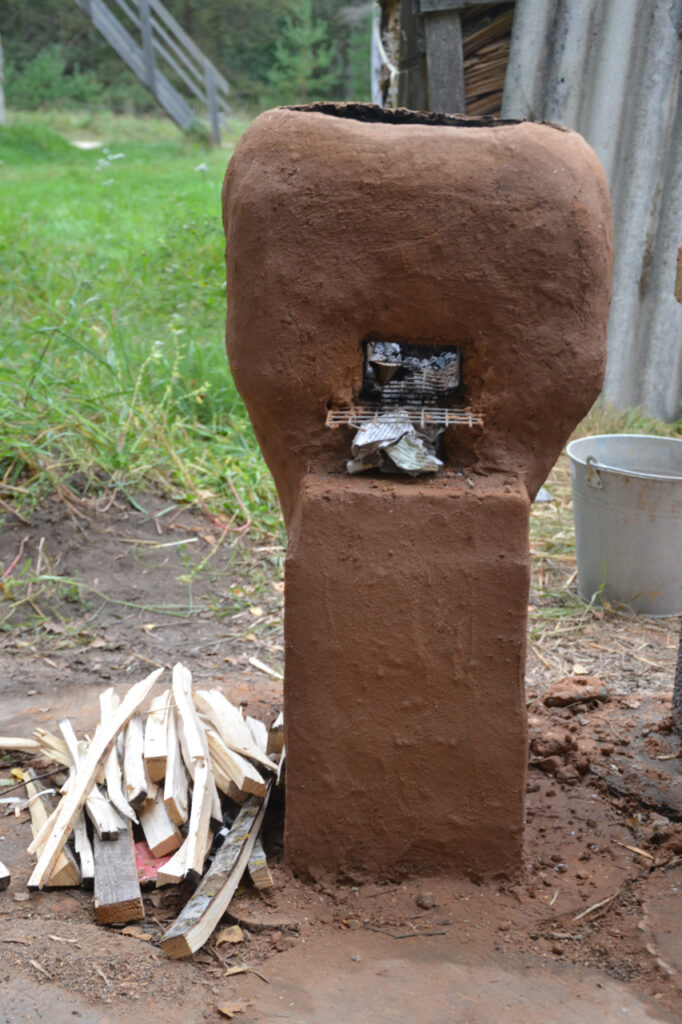
Cob is a wonderful natural material that you can use to build houses, pizza ovens, outdoor kitchens, RocketMassHeaters, bathtubs and many more things.
In this workshop you will learn the basics about building with Cob, a mixture of clay, sand, straw (or any other fibrous plant material, even cow or horse dung) and water.
Those natural materials you find almost everywhere, most of the time even on your own property. You can easily make a sedimentation test of the subsoil in your garden or backyard, which helps you to identify in which concentration clay, sand and silt are present.
We will talk about the properties of the single ingredients and how to get the right mixture for your project. And of course I will give you an overview about some advanced techniques, some special mixtures and how they are used.
In our case we will use the Cob to build a RocketMassHeater for our greenhouse that will be used to heat up the greenhouse and the earthsheltered building where our chickens live.
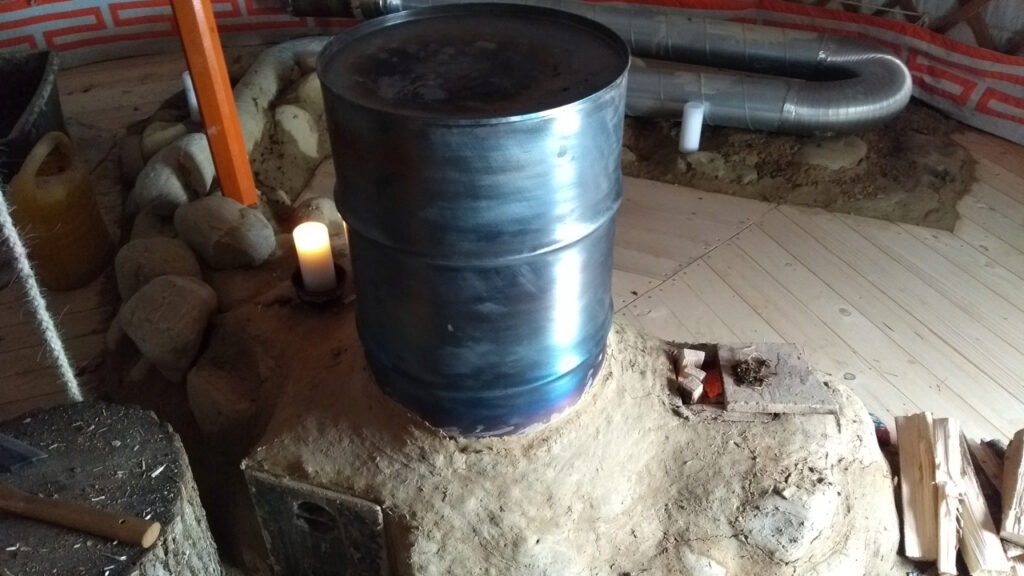
So you will learn about how the core of the Rocket is producing a clean and hot double burn of the wood and how it is pushing the exhaust gases through the thermal Mass of the Heater and why you basically don’t need the draft of the chimney as in other woodstoves. The thermal mass is build out of stones, gravel and cob and will be able to absorb most of the heat that is produced by the fire. After passing the thermal mass the exhaust gases will have cooled down to as low as 40°C.
We will talk about what is important if you want to build one by yourself and what materials you need (an old oil barrel, some metal tubes and other stuff you can easily find at waste disposal sites).
